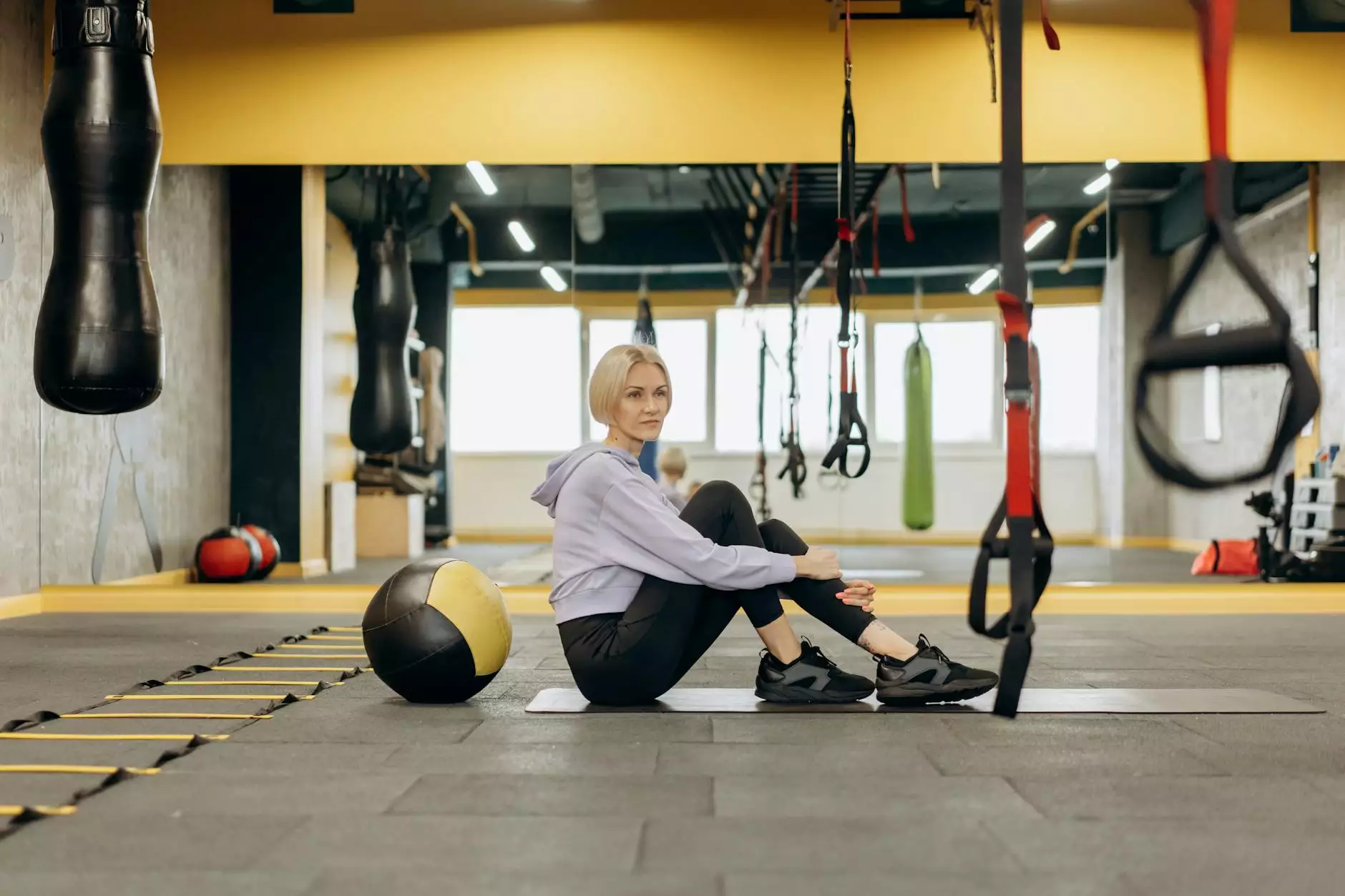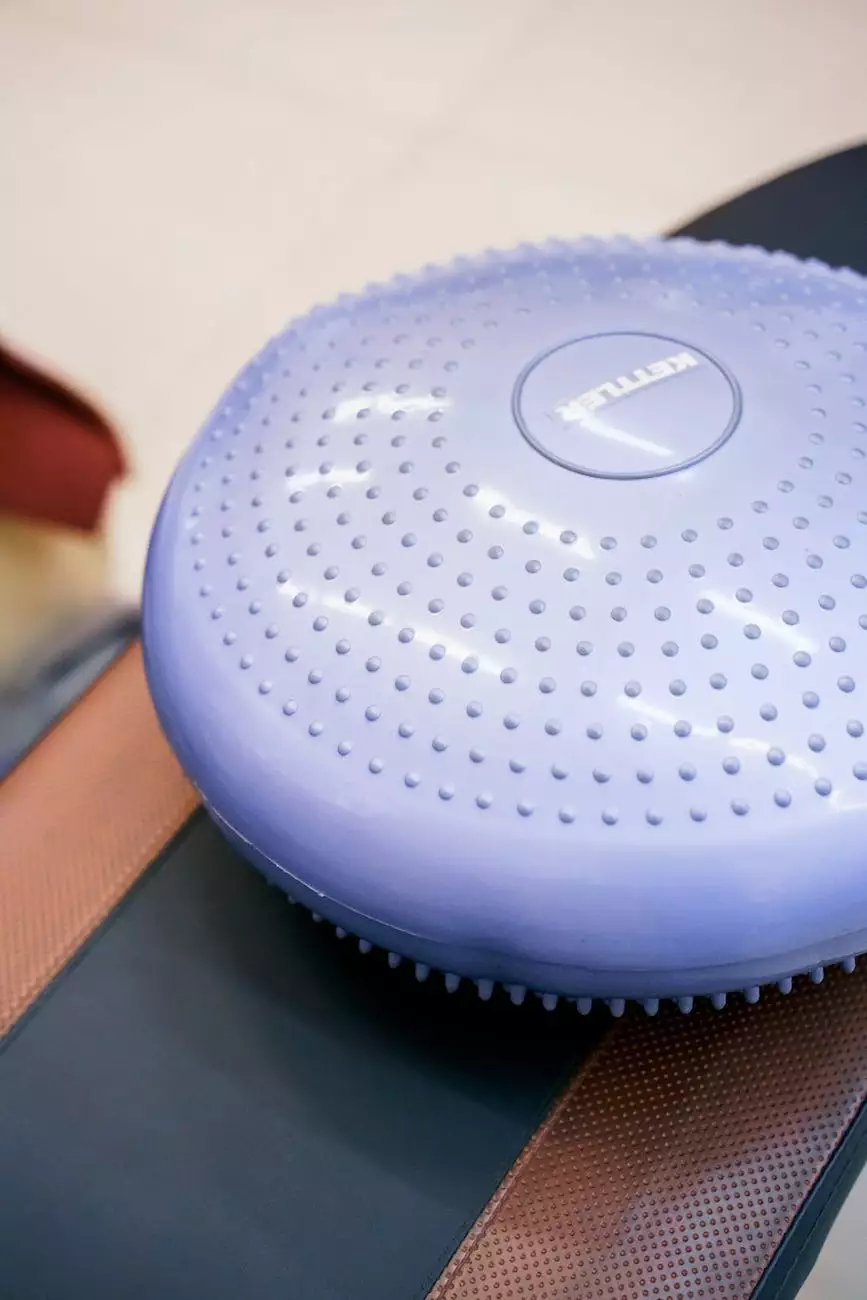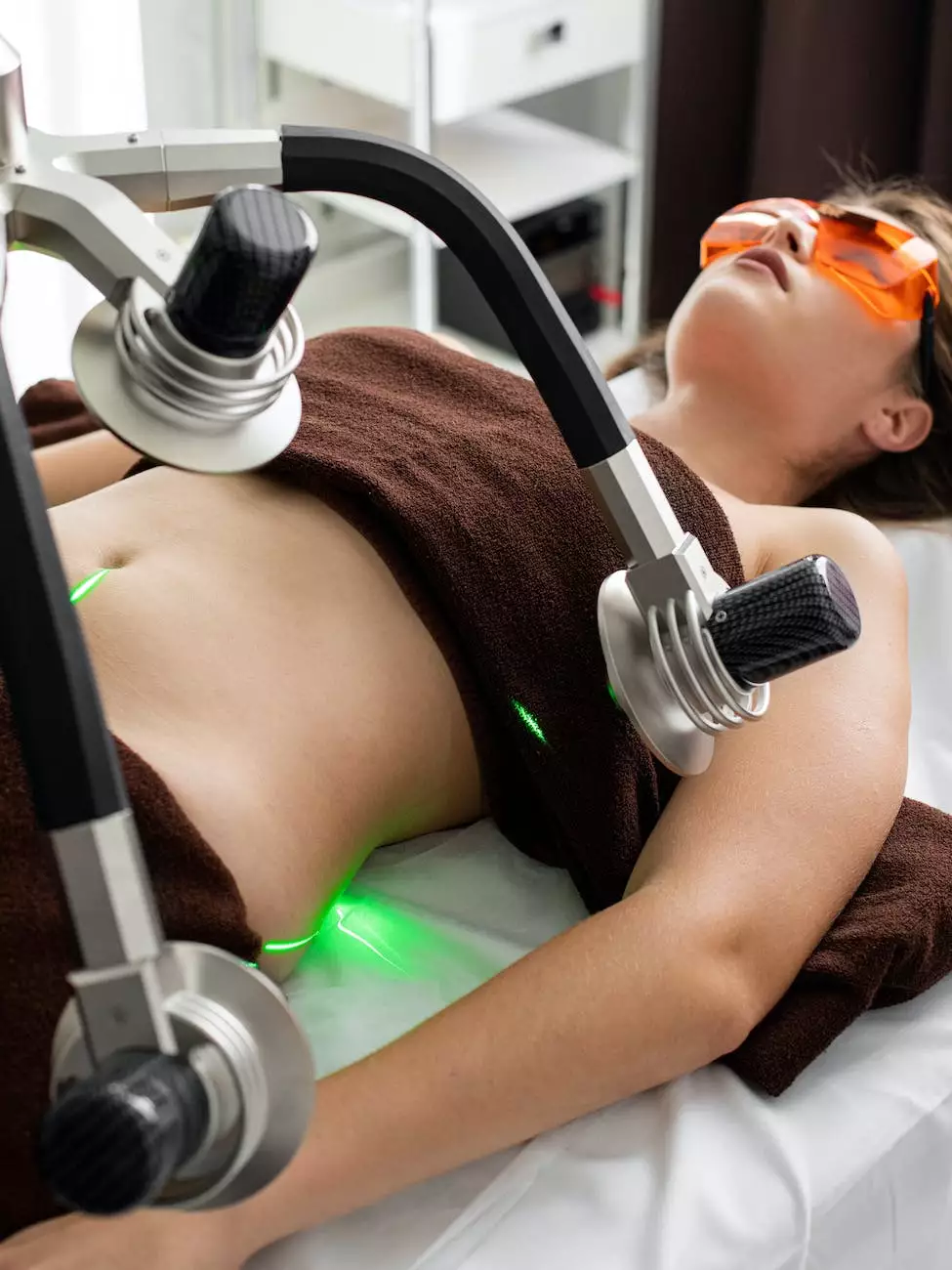Foam Roller Techniques | Dr. Michael Fredericson
Blog
Introduction
Welcome to the comprehensive guide on foam roller techniques brought to you by Phoenix Medical Services. Dr. Michael Fredericson, a leading sports medicine expert, shares his extensive knowledge on the benefits, proper usage, and various foam roller techniques to enhance muscle recovery and prevent injuries.
Understanding Foam Rolling
Foam rolling has gained immense popularity in recent years due to its effectiveness in supporting muscle health and enhancing flexibility. It involves using a cylindrical foam roller to apply pressure to specific areas of the body, targeting muscle tissue and releasing tension.
At Phoenix Medical Services, we believe that incorporating foam rolling into your fitness routine can bring numerous benefits such as improved circulation, decreased muscle soreness, increased range of motion, and enhanced muscle recovery post-workout.
The Benefits of Foam Roller Techniques
- Enhanced Muscle Recovery: Foam rolling promotes the removal of toxins and waste products that accumulate in muscles during exercise, helping to reduce inflammation and soreness.
- Injury Prevention: By releasing muscle tension, foam roller techniques can prevent muscle imbalances, which are often a leading cause of injuries.
- Increased Flexibility: Regular foam rolling can help increase muscle flexibility and joint mobility, leading to improved performance and reduced risk of injury.
- Improved Circulation: Foam rolling increases blood flow to targeted muscles, aiding in the delivery of oxygen and essential nutrients for optimal muscle function.
- Myofascial Release: Foam roller techniques target the fascia, the connective tissue surrounding muscles, helping to release adhesions and improve overall tissue health.
Effective Foam Roller Techniques
1. Quadriceps Foam Rolling
To foam roll your quadriceps, start by lying face down and placing the roller just above your knee. Roll slowly towards your hip, focusing on any tender or tight spots along the way. Spend extra time on these areas to release tension effectively.
2. Hamstring Foam Rolling
Lie on your back with the roller positioned under your thighs. Slowly roll back and forth from just above the back of your knee to your glutes. Make sure to maintain proper posture and breathe deeply. Pay attention to any tight or sore areas and hold the pressure on these areas for a few seconds to release tension.
3. IT Band Foam Rolling
Side-lying on the roller with the roller positioned just below your hip, slowly roll down towards your knee. Move in a controlled motion, pausing on any areas of increased tension. Focus on maintaining balance and engaging your core during this technique.
Foam Rolling Frequency and Tips
Consistency is key when it comes to foam rolling. Aim to incorporate foam roller techniques into your routine at least 2-3 times per week to experience the optimal benefits. Here are a few additional tips:
- Warm-up: Before foam rolling, warm up for 5-10 minutes with light cardio or dynamic stretching to increase blood flow and prepare your muscles.
- Target Specific Areas: Focus on areas that feel tight or sore, spending extra time on these regions to effectively release tension.
- Breathe and Relax: Practice deep breathing and try to relax your body as you foam roll. This will assist in promoting muscle relaxation and preventing unnecessary tension.
- Gradually Increase Pressure: Start with gentle pressure and gradually increase to a comfortable level. Avoid excessive pressure that may cause pain or discomfort.
- Stay Consistent: Make foam rolling a regular part of your routine to reap the long-term benefits.
Conclusion
Incorporating foam roller techniques into your fitness routine can significantly contribute to improved muscle recovery, injury prevention, and overall performance. Dr. Michael Fredericson and the team at Phoenix Medical Services are committed to guiding you in optimizing your foam rolling practice for optimal results. Start enriching your fitness journey with the benefits of foam rolling today!




